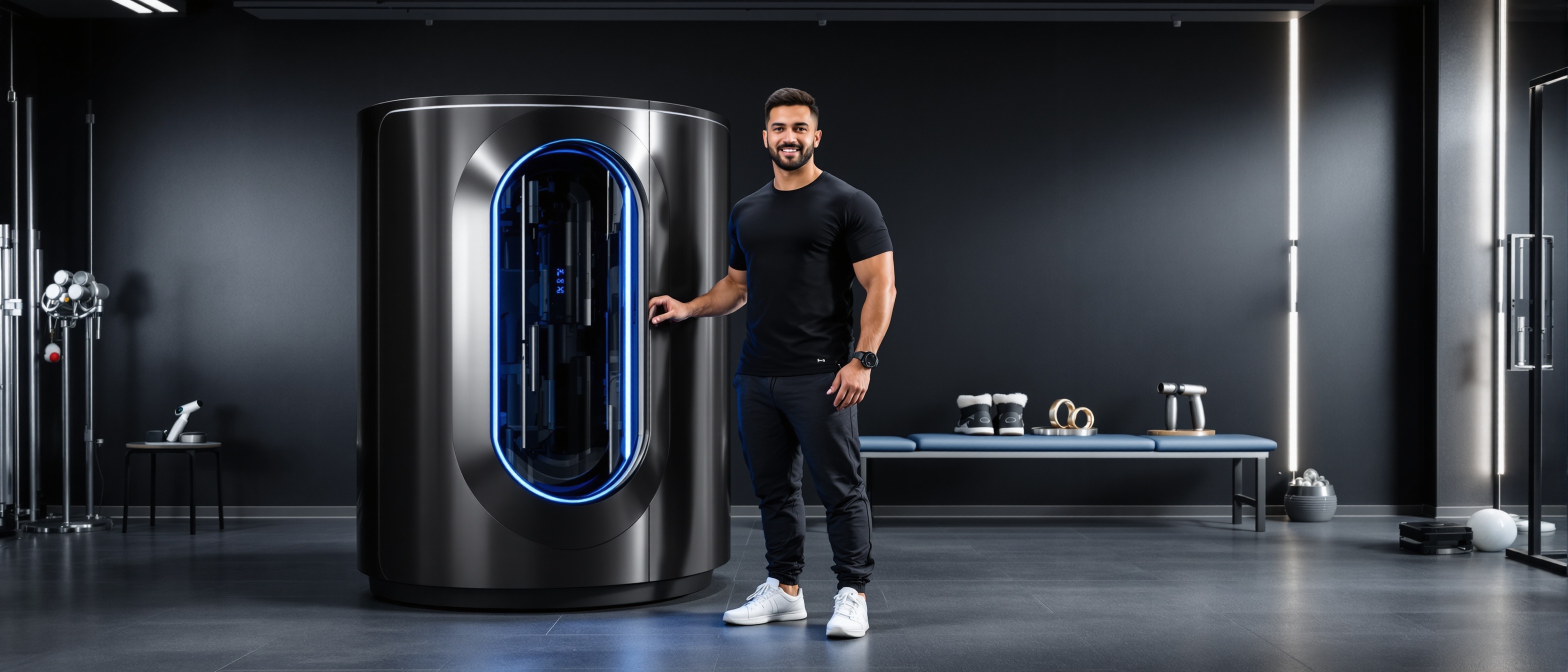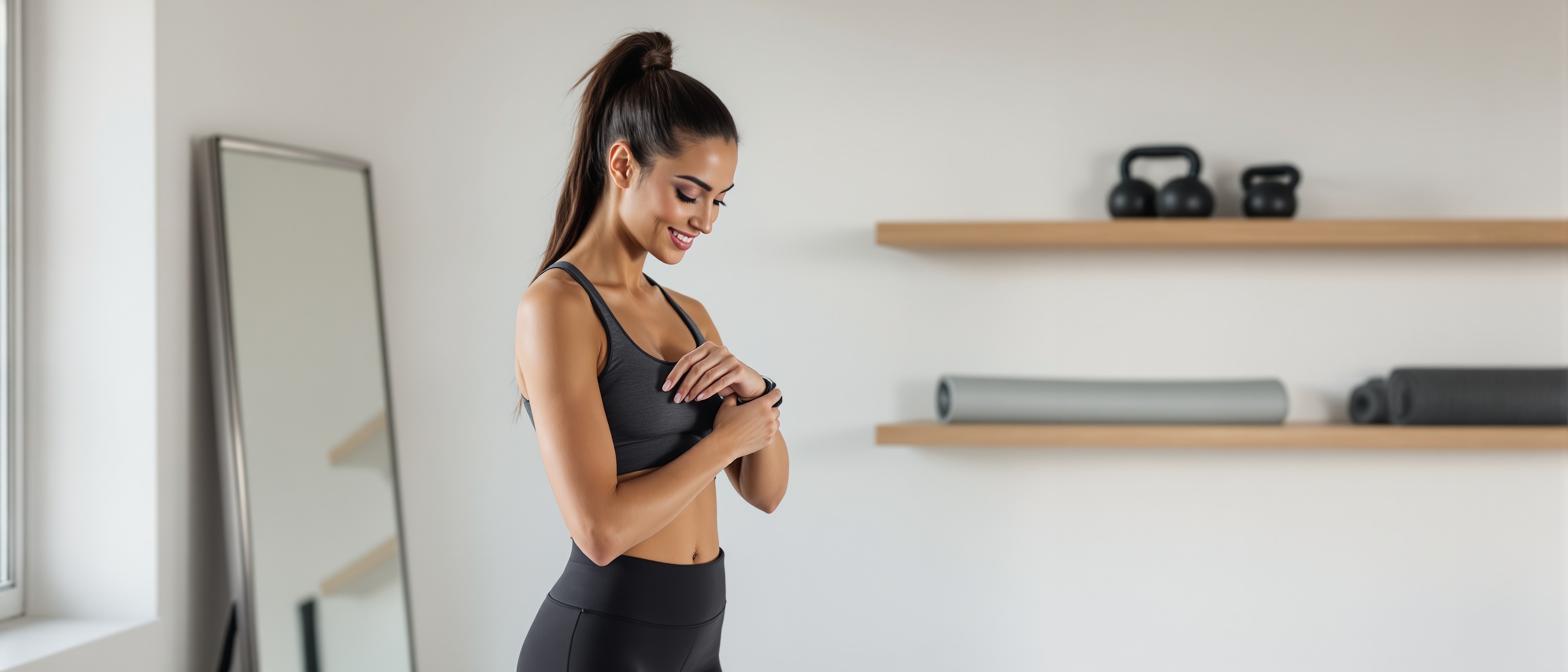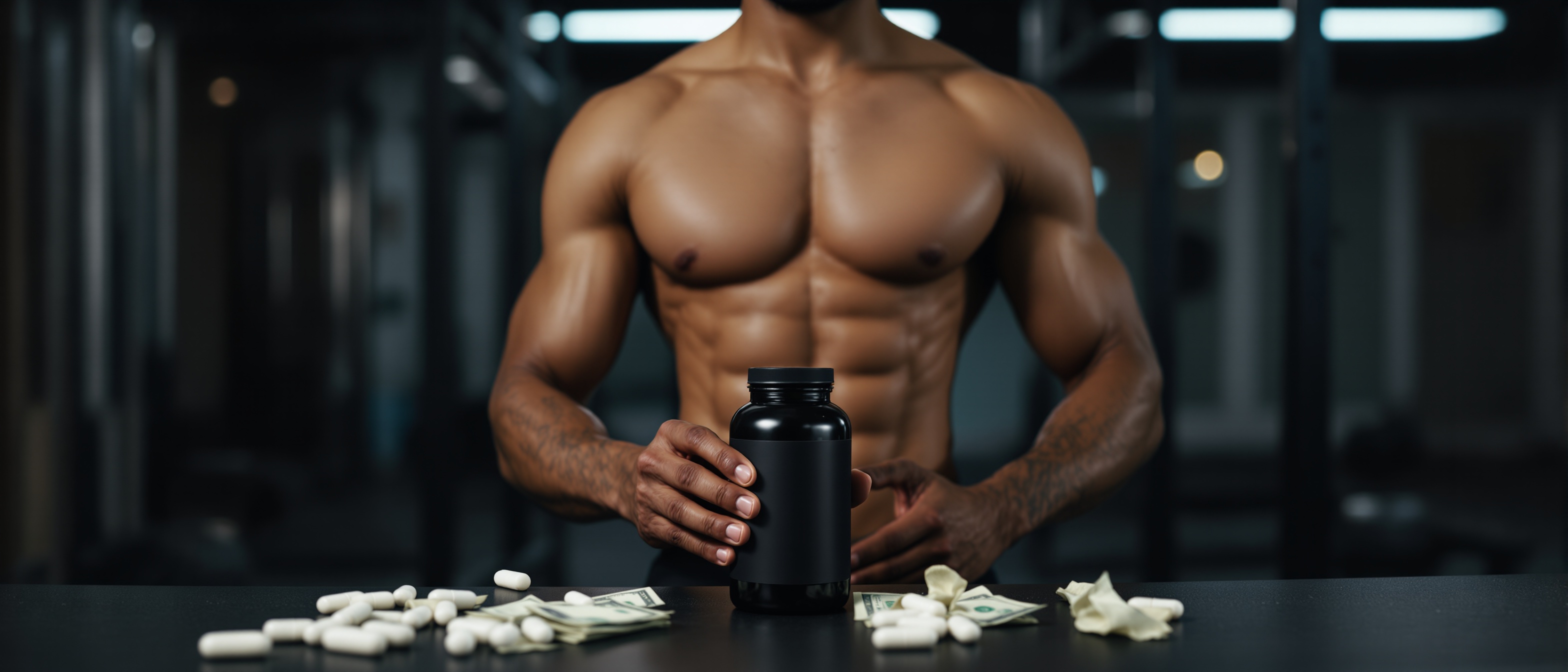Why Your $200 Mobility Tools Are Making You Less Flexible
Your social feeds are flooded with people flaunting their foam rollers and stretching straps. But here's what they're not telling you: most of these mobility tools sitting in gym bags and home corners are being used completely wrong.
I spent the last month diving deep into the science behind every mobility gadget trending right now—and what I found might make you rethink your entire flexibility routine. Some of these tools actually work. Others? Pure marketing fluff. And the difference comes down to understanding what the research really says.
Why Mobility Tools Are Trending Again
Remember when flexibility meant sitting in awkward positions for 30 seconds, hoping for the best? Those days are officially over.
The shift started during lockdowns—suddenly, everyone needed home gym solutions that didn't require a full weight room. But what's driving the current surge isn't just convenience. It's economics. A quality foam roller costs $30. A single massage session? $80 minimum. Do the math.
Reddit's fitness communities have been buzzing about budget-friendly mobility solutions all year. The r/homegym crowd is particularly vocal about tools that deliver results without breaking the bank. Searches for "mobility tools" jumped 127% in 2024, and for good reason: people are finally realizing that flexibility isn't just for yoga enthusiasts—it's foundational for everything else you do.
But here's the catch: popularity doesn't equal effectiveness. Just because everyone's doing it doesn't mean they're doing it right.
Types of Mobility Devices: What's Out There?
Walk into any fitness store today, and you'll face a wall of mobility gadgets that would make your head spin. Let me break down what's actually worth your attention:
Foam Rollers: The OG of mobility tools. From basic cylindrical versions to textured "torture devices" with spikes and ridges. Prices range from $15 for basic models to $200+ for vibrating versions.
Stretching Straps & Resistance Bands: These aren't new, but they're having a moment. Think yoga straps with loops, elastic bands with handles, and hybrid tools that combine both functions.
Massage Guns: The Instagram darlings of recovery. Percussive therapy devices that promise to replace your massage therapist. Spoiler alert: they can't, but they might help with something else entirely.
Lacrosse Balls & Mobility Balls: Simple, cheap, effective for targeted pressure. The minimalist's choice.
Novel Gadgets: This is where things get weird. Cupping sets, fascial stretching tools, electronic muscle stimulators, and devices I can't even pronounce. Some brilliant, others… questionable.
Sounds overwhelming, right? Here's where most people make their first mistake: they buy everything, use nothing consistently, then wonder why their flexibility isn't improving.
Research Review: Do These Tools Actually Boost Flexibility?
Time for the truth bomb. I dug through dozens of studies to separate what works from what's wishful thinking.
Foam Rolling: The science here is surprisingly solid. A 2019 meta-analysis found that foam rolling provides short-term flexibility improvements, especially when used as a pre-exercise warm-up. But here's what caught my attention—it's not just about flexibility. Research from 2015 showed foam rolling substantially reduced muscle tenderness and improved performance metrics post-exercise.
The mechanism? It's not "breaking up adhesions" like many believe. The current thinking involves neurological changes—essentially, you're convincing your nervous system to relax muscle tension.
Stretching Straps and Resistance Bands: This one surprised me. Studies consistently show these tools improve range of motion, particularly when used for proprioceptive neuromuscular facilitation (PNF) stretching. Translation: that "contract-relax" technique your physical therapist taught you actually works.
A 2017 meta-analysis specifically looked at elastic resistance exercises in elderly populations and found significant flexibility improvements. The key? Progressive resistance that challenges muscles through their full range of motion.
Massage Guns: Here's where the hype meets reality. The research on percussive therapy is mixed. Some studies show reduced muscle soreness, but the flexibility benefits? Minimal. They're recovery tools, not flexibility enhancers.
The Plot Twist: The most effective tools aren't always the most expensive. Basic foam rollers performed just as well as their high-tech counterparts in controlled studies. Sometimes simple wins.
But here's what the research doesn't tell you: consistency beats perfection every time. The best mobility tool is the one you'll actually use.
Building an Evidence-Based Mobility Routine
Forget the Instagram mobility routines that require 47 different tools and an hour of your day. Here's what actually works:
Start Simple: Pick 2-3 tools maximum. Research suggests that foam rolling for 30-90 seconds per muscle group is optimal. More isn't better—it's just more.
Timing Matters: Use dynamic stretching and light foam rolling before workouts. Save the deeper stretching and longer rolling sessions for after exercise or on rest days.
The 80/20 Rule: Focus on the areas that impact your daily life most. For most people, that's hips, shoulders, and thoracic spine. Don't waste time rolling your forearms if your hips are locked up.
Progressive Loading: Just like strength training, flexibility responds to progressive challenge. Start gentle, increase intensity gradually. Your tissues adapt over weeks, not days.
Track What Matters: Note how you feel before and after sessions. Can you touch your toes easier? Do your shoulders feel less tight? Subjective improvements often precede measurable ones.
The Reality Check: If you're not seeing improvements after 4-6 weeks of consistent work, reassess. You might need different tools, better technique, or—plot twist—less mobility work and more strength training through full ranges of motion.
TL;DR: The Mobility Tool Truth
• Foam rolling works—but 30-90 seconds per muscle group, not marathon sessions • Stretching straps beat static stretching alone, especially for PNF techniques
• Massage guns are recovery tools, not flexibility enhancers • Basic tools often outperform expensive gadgets in research • Consistency with simple tools beats complexity with everything • Focus on 2-3 problem areas rather than full-body routines • Track subjective improvements—they predict long-term success
The mobility tool market wants you to believe that flexibility requires an arsenal of gadgets. The science says otherwise. Pick tools you'll use consistently, focus on movement quality over quantity, and remember: the best mobility routine is the one that fits your life, not your Instagram feed.
Your body doesn't care how expensive your foam roller was. It cares whether you use it.





